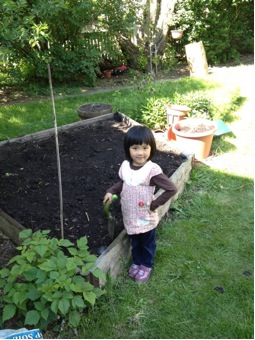by the JCC Staff
Sun (UV) Exposure
Summer is about outdoor recreation,
longer days in the sun and water activities – but these joys also come with
risks. Ultraviolet (UV) rays
are radiation from the sun that can burn the
eyes, hair and skin when not properly protected.
Outdoor
sports and recreation expose us to harmful UV rays and prolonged sun exposure
can lead to skin cancer and eye damage. The good news? These harms
can be avoided by practicing sun safety:
- Avoid the sun. UV rays are strongest between 10 am and 4 pm. Seek shade or move indoors and schedule outdoor events for morning or evening.
- Use sunscreen with at least 30 SPF. Because glass and clouds don’t block UVA rays, use sunscreen in cars and indoors, or close the curtains when near windows. Wear sunscreen even when the sun is hidden.
- Wear a hat. Cover your face, ears, eyes and nose with a wide brim for the ultimate face protector.
- Grab some sunglasses. Sunglasses aren’t just a fashion accessory - they protect your eyes from the risk of cataracts.
- Avoid tanning. Laying out in the sun can be dangerous, but tanning booths can be even worse. They both carry cancer risks - so just avoid them altogether.
Water Safety
Drowning is the second leading cause
of accidental death for people under age 24. Here are some scary facts about
drowning:
- In 2008, there was an average of 10 drowning deaths daily.
- Drowning can occur in as little one inch of water and in just a few minutes. Nineteen percent of drowning deaths involving children occur in public pools with certified lifeguards present. Nonetheless, lack of supervision is the biggest factor when children under the age of 5 drown.
- As many as 77% of the victims were missing in less than 5 minutes.
Water safety
is as important to boaters as it is to swimmers. More people die in boating
accidents each year than in airplane and train accidents! Alcohol use is
reported in one-fifth of boating fatalities and in up to 50% of teen and adult deaths
associated with water recreation. Alcohol and water never mix! Some precautions
you can take include:
- Learn to swim and know your limits.
- Use the buddy system and never swim alone. Always swim in safe and supervised areas. Be careful when diving.
- Learn CPR and teach your children. Post CPR directions in your home in a visible location.
- Never leave children unattended and don’t rely on safety rings or floatation devices, many of which are little more than toys.
- Keep pools gated and locked whenever an adult is not present. Make sure older children know and obey pool rules.
- Have properly fitting lifesaving devices easily accessible and store pool toys when not in use.
- Boat with an experienced and competent operator. Wear a life jacket while onboard.
- Tell people where you’re going and when you’ll return. Stay in touch via radio and know standard distress signals.












